How to plant and grow perennial daisies in the garden?
A scattering of miniature daisies on the lawn always brings a smile to the gardener and his guests. Budding begins in mid-spring and continues almost until frost. Grateful daisies are combined with many colors and look impressive even on a simple lawn. Planting and growing them is not a problem for a novice gardener.
Flower characteristic
Perennial daisies are a low herb that is cultivated all over the world. In height, the bush does not exceed 30 cm with inflorescences. The latter are formed in the form of a basket and occupy no more than 8 cm in diameter. In the center of the inflorescence there are tubular yellow flowers, along the edges there are reed flowers, the shades of which vary from pale white to rich crimson and red.
In addition to beauty, daisies have many other advantages:
- unpretentious, undemanding to the soil;
- withstand frost;
- love sunny areas;
- moisture-loving, but tolerate drought;
- rarely get sick and are practically not attacked by pests;
- they develop equally well both on the site and in flowerpots on the balcony.
Daisies are suitable for group plantings (in the foreground), framing garden paths, marking the boundaries in a flower garden. The peculiarity of the flower is that it blooms immediately after sunrise, for which the people call it the “eye of the day”.
Seed collection
Daisy seeds are collected from dead buds, which are cut from the bush and dried in the sun. Then the buds are shaken over a sheet of paper. Those seeds that have fallen out are dried in a well-ventilated area. Then they are stored in a paper bag in a dry, dark place.
Advice
It is better to pick the buds to collect seeds before rainy weather. The streams of water will wash all the seeds into the soil.
Sowing seedlings
This is one of the common methods of reproduction and the first planting of daisies, although they also lend themselves to grafting, dividing, and sowing directly into open ground is also allowed.
Unlike some other perennials, seedling-grown daisies bloom in the first year. Seeds, like other plants, begin to germinate in February-March, and are transplanted to the site after constant heat is established.
The material is sown either in a common container with subsequent picking, or 1-2 seeds in separate small boxes. Peat cups, paper and plastic containers will do. Any garden soil is taken, but experts prefer loose loam.
How to plant seeds for seedlings:
- There should be drain holes at the bottom of the container.
- Moisten the soil before sowing.
- Seeds are scattered over the soil as rarely as possible and sprinkled with sand.
- The boxes are covered with polyethylene or a transparent lid.
The first shoots appear after 2 weeks. The necessary conditions are constant soil moisture and long daylight hours (14 hours). If there is little natural light, you will need to turn on the lamp. Seedlings need to be aired daily. With the appearance of sprouts, the shelter is removed.
How to care for young daisy sprouts:
- After the sprouts appear, the room temperature should be reduced to + 15 ° C.
- Daylight hours - 12 hours. If the radiant energy is not enough, the sprouts will begin to stretch.
- With the appearance of the first leaves, the seedlings are dived into separate cups. If a few seeds have sprouted in the common box, then the sprouts can be thinned out, leaving 5 cm between them.
Transfer to the site
Daisies are light-loving flowers, but they can grow in partial shade, only in this case the flowering will not be abundant enough. The place on the site is selected even, neither lowlands nor hills are desirable. For future plantings, rainwater should not stagnate, since waterlogging is extremely harmful to the flower, however, the soil should not dry out.
How to move seedlings to the site:
- Seedlings are moved from boxes to the site in late spring or early summer. About a week before this, hardening procedures are carried out. To do this, the boxes are taken out of the room every day, gradually increasing the time spent in the conditions where they will continue to grow.
- It is better to dig up the land for planting and add some sand and compost.
- Seedlings are removed from containers along with an earthen clod.
- Small holes are dug for planting, a drainage layer must be laid on the bottom. There should be at least 20 cm between the holes so that the daisies are not crowded.
- The seedlings are carefully placed in the holes, the roots should not be damaged. Then everything is tamped and watered abundantly.
Planting seeds in open ground
Daisy seeds are usually planted in the ground in June-July, and in warm areas - immediately after the snow melts. Budding does not begin until the end of summer. If the seeds were planted in the middle of summer (in cold regions), then the flowers will bud only next spring.
The soil on the site must be well loosened, nutritious compost must be added in the fall. In spring, sow seeds in loose soil to a depth of 2 cm and sprinkle with a little earth. Seedlings appear after 10 days. If necessary, they dive in a week.
Sometimes daisies can self-seed. The gardener can only plant young flowers, simply digging them up with a lump of earth and moving them to a more convenient place.
Bush division and cuttings
The division of the bush allows not only to preserve varietal characteristics, but also to rejuvenate the plant. It is recommended to divide and plant daisies annually or at least once every two years.
The procedure is carried out in July, when flowering stops. Division is allowed in autumn or early spring before flowering.
How to get the dividends:
- Large bushes are dug up and divided into several parts.
- The roots are shortened to 5-8 cm, the buds are pinched, the leaves are cut off. This will help the plant take root.
To get a cutting, a side shoot is cut off from the bush in May-June. Germinate cuttings in a cold greenhouse. Rooting occurs on day 14.
Adult flower care
Daisies are unpretentious and can survive drought. However, if you do not pay attention to flowers, they will soon lose their varietal characteristics and stop forming lush buds.
Outdoor care rules:
- Watering should be abundant and frequent, especially in hot weather. During the rainy season, it is advisable to prevent the accumulation of excess moisture, otherwise the bushes will wither.
- After each introduction of moisture into the soil, loosening is carried out.
- To retain moisture in the soil, it is mulched with grass, leaves and straw.
- Weeds should be removed immediately, especially before the daisies are strong.
- Flowers are fed monthly until mid-August. You can start as soon as the snow melts. Complexes for flowering plants are suitable. In spring, urea will be useful for daisies to grow; during the flowering period, you cannot do without additional phosphorus and potassium.
- To prolong flowering, wilted buds need to be cut off. The same measure will save you from unplanned self-seeding.
- The winter hardiness of daisies is explained by their small growth, which allows the bush to completely hide under the snow. However, shelter will be required if the seeds were planted on an elevated position. Spruce branches are used for protection.
Pest control and disease elimination
Perennial daisies are small, but strong flowers; pests practically do not annoy them. In summer, there are attacks by ticks, slugs, caterpillars, in winter - by rodents.The most common diseases of flowers are powdery mildew and gray mold. If a fungal plaque is found on the foliage, it is urgently removed, and the plant is treated with garlic tincture or fungicide.
Advice
Timely feeding is the key to the high resistance of daisies to diseases and pests.
Other growing problems:
- The inflorescences become smaller - the reason is a lack of moisture.
- Flowers fall - this is a consequence of excess moisture.
- Varietal characteristics are lost - the point is self-seeding. It leads to a gradual degeneration of the variety. Therefore, it is recommended to cut off wilted flowers, and remove daisies that have sprouted on their own if they are of poor quality.
For framing the site with a scattering of bright buds, daisies are the best fit. They are appreciated not only for their decorative effect, but also for their ease of maintenance. Having planted them once, the gardener can receive new seed annually or propagate flowers by dividing and cutting. A little effort - and the lawn is again full of graceful daisies.
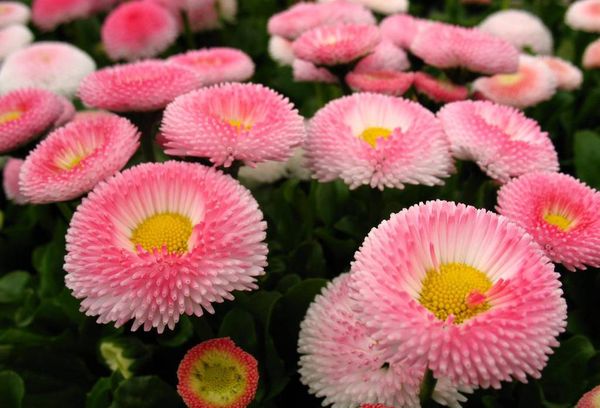
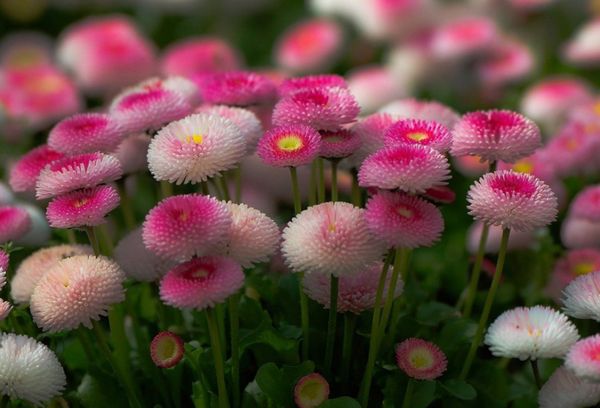
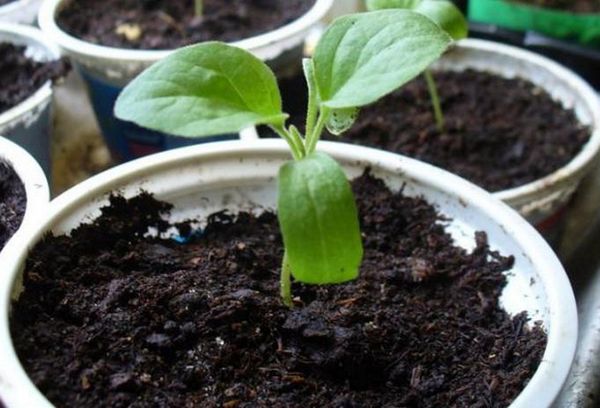
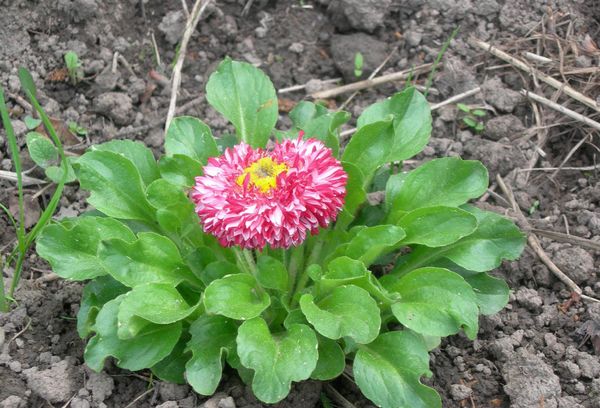
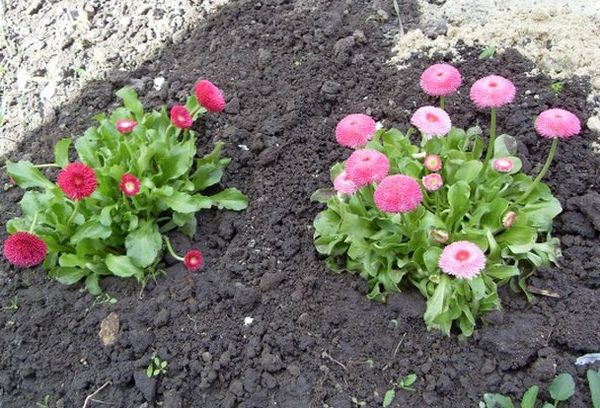
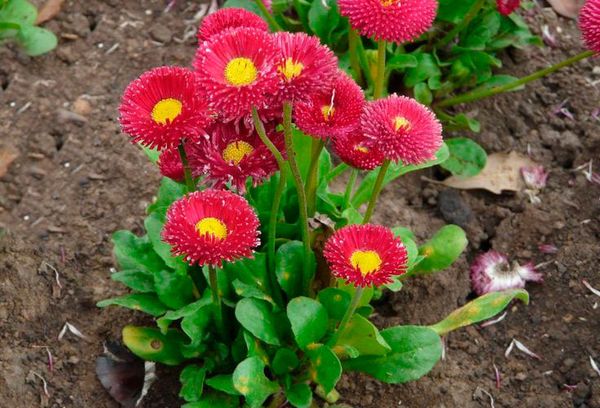
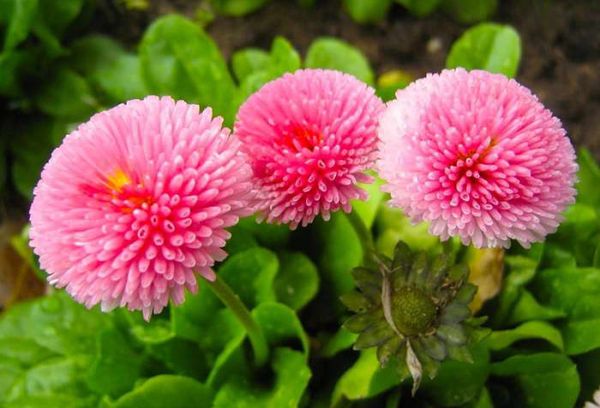
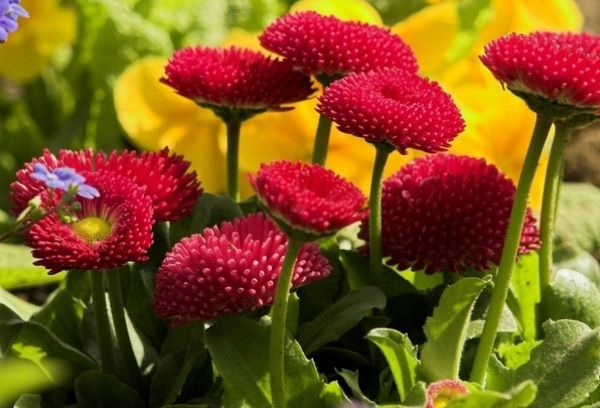
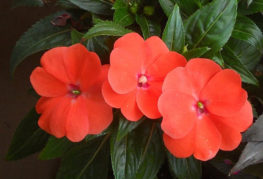
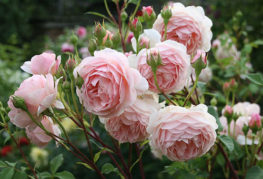
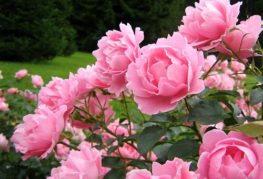
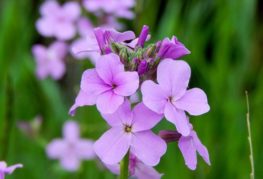
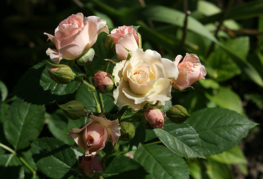
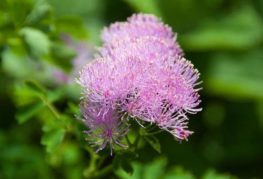
and will be published shortly.